Dried Reishi Mushroom: The Complete Guide to This Powerful Medicinal Fungi
What Is Dried Reishi Mushroom?
Dried Reishi Mushroom, scientifically known as Ganoderma lucidum, is the preserved form of one of the most revered medicinal fungi in traditional Eastern medicine. Through careful dehydration, this woody, kidney-shaped mushroom transforms from its fresh state into a shelf-stable product that concentrates its beneficial compounds. Known as "lingzhi" in Chinese and "reishi" in Japanese, this remarkable mushroom has been used for over 2,000 years to promote longevity, support immune function, and enhance overall wellness.
The drying process removes moisture while preserving the mushroom's potent bioactive compounds, including triterpenes, polysaccharides, and beta-glucans. Unlike many culinary mushrooms that become chewy when dried, reishi's naturally woody texture means the dried version maintains similar physical properties to its fresh counterpart. Its distinctive appearance—characterized by a glossy, reddish-brown surface with a white rim—remains largely intact after proper drying, though the color may darken slightly.
Dried reishi is not typically consumed directly due to its bitter taste and tough texture. Instead, it requires processing through methods like decoction (simmering in water), tincturing (extracting in alcohol), or powdering to make its beneficial compounds bioavailable. The drying process actually enhances the shelf life of reishi from a few weeks when fresh to several years when properly dried and stored, making it a practical option for those seeking to incorporate this medicinal mushroom into their wellness routine.
Fresh vs. Dried Reishi: Understanding the Differences
The transformation from fresh to dried reishi involves significant changes that affect storage, potency, and application:
-
Moisture content: Fresh reishi contains approximately 70-80% water, while properly dried reishi contains less than 10% moisture. This reduction in water content is what allows for extended preservation.
-
Concentrated compounds: The drying process naturally concentrates the beneficial compounds per gram of weight. What might require 10 grams of fresh reishi may need only 3-4 grams in dried form for equivalent potency.
-
Shelf stability: Fresh reishi mushrooms typically last 2-3 weeks under refrigeration, while properly dried reishi can maintain potency for 2-3 years when stored correctly.
-
Extraction efficiency: Certain compounds in reishi become more easily extractable after drying due to changes in the cell walls during dehydration.
-
Bioactive transformation: Some research suggests that the drying process may convert certain compounds into more bioactive forms, potentially enhancing certain medicinal properties.
-
Portability and convenience: Dried reishi is lightweight, compact, and doesn't require refrigeration, making it practical for regular use.
-
Availability: While fresh reishi has a limited seasonal availability in most regions, dried reishi can be purchased and used year-round.
These differences highlight why dried reishi has historically been the preferred form for both traditional medicine practices and modern supplements.

The Drying Process and Its Effects on Medicinal Properties
Traditional and Modern Drying Methods
The way reishi mushrooms are dried significantly impacts their final quality and medicinal potency:
-
Sun drying: The oldest method involves laying sliced reishi in direct sunlight for several days. While natural, this approach is weather-dependent and can result in uneven drying or potential contamination from dust or insects.
-
Shade drying: A traditional technique that protects heat-sensitive compounds by drying reishi out of direct sunlight. This slower process may better preserve certain antioxidants but requires longer time periods (7-14 days).
-
Oven drying: Modern home and commercial operations may use food dehydrators or ovens set at low temperatures (95-115°F/35-46°C). This controlled environment offers more consistent results but requires careful temperature monitoring to avoid damaging heat-sensitive compounds.
-
Freeze-drying: The premium method involves rapidly freezing the mushrooms and then removing moisture through sublimation. This technique best preserves color, aroma, and bioactive compounds but is more costly and energy-intensive.
-
Commercial hot-air drying: Large-scale operations typically use conveyor systems with controlled temperature and humidity. Quality varies significantly based on the specific protocols employed.
The ideal drying method balances temperature control, air circulation, and drying duration to maximize the preservation of medicinal compounds while ensuring complete dehydration for long-term storage.
Effect on Bioactive Compounds
Research indicates that the drying process influences reishi's medicinal compounds in several ways:
-
Polysaccharides: These immune-modulating compounds remain relatively stable during proper drying. Studies show that drying temperatures below 120°F (49°C) preserve approximately 90-95% of the polysaccharide content.
-
Triterpenes: The bitter compounds responsible for many of reishi's adaptogenic properties can be partially diminished with excessive heat. Low-temperature drying (below 115°F/46°C) helps maintain these valuable compounds.
-
Antioxidant capacity: Proper drying has been shown to actually increase the availability of certain antioxidant compounds in reishi by breaking down cell walls, making these compounds more accessible.
-
Enzyme activity: Natural enzymes in reishi become inactive during drying, which can be beneficial for preventing degradation of certain medicinal compounds during storage.
-
Secondary metabolites: Some volatile compounds may be reduced during drying, potentially altering the overall phytochemical profile.
The research clearly indicates that while some minor losses occur during drying, the concentrated nature of the dried product typically results in a more potent form of reishi per gram when compared to its fresh counterpart, provided proper drying techniques are employed.
How to Select High-Quality Dried Reishi Mushroom
Key Quality Indicators
Not all dried reishi products are created equal. Look for these hallmarks of superior quality:
-
Proper identification: Authentic dried reishi (Ganoderma lucidum) should have a distinctive kidney shape with a glossy, reddish-brown upper surface and a white to light tan pore surface underneath. Some products may use related species like Ganoderma tsugae or Ganoderma sinense, which have slightly different properties.
-
Intact pieces vs. slices: Whole dried reishi mushrooms are often sliced to facilitate drying. These cross-sections should reveal a consistent internal color and texture without discoloration or evidence of insect activity.
-
Color and appearance: High-quality dried reishi maintains a deep reddish-brown color. Specimens that appear dull, grayish, or with white/green patches may indicate improper drying or mold contamination.
-
Dryness assessment: Properly dried reishi should be completely dry and somewhat brittle. Any flexibility or softness may indicate incomplete drying, which can lead to mold growth and degradation of compounds.
-
Aroma profile: Quality dried reishi has a distinctive earthy, woody scent. Any musty or sour smells suggest improper drying or storage.
-
Wild-crafted vs. cultivated: Both sources can produce excellent dried reishi, though wild-harvested specimens are often considered more potent (though at higher risk of contamination if not properly vetted).
-
Organic certification: For cultivated reishi, organic certification helps ensure the mushrooms were grown without synthetic pesticides, potentially resulting in a purer product.
-
Testing verification: Superior products often provide test results for active compounds (particularly beta-glucans and triterpenes) as well as contaminant testing for heavy metals, pesticides, and microbial limits.
These quality indicators help consumers identify dried reishi that will provide maximum therapeutic potential.
Red Flags to Avoid
Be wary of dried reishi products that display these concerning characteristics:
-
Excessive fragmentation: Heavily broken pieces or powder sold as "slices" may indicate poor quality control or an attempt to hide visual defects.
-
Uniform thickness: Suspiciously perfect, machine-cut slices of identical thickness may indicate fabricated products rather than authentic reishi mushrooms.
-
Unusual additives: Some lower-quality products may add colorants or preservatives to improve appearance or shelf life. Check ingredient lists carefully.
-
Extreme shininess: While reishi naturally has a glossy cap, excessive shininess throughout the product may indicate artificial glazing or lacquering, sometimes used to enhance appearance.
-
Musty odor: Any moldy or unpleasant smell indicates improper drying or storage conditions.
-
Inconsistent color: Significant variations in color throughout the product may indicate mixed species or quality issues.
-
Insect damage: Small holes or tunnels in the dried mushroom indicate insect infestation, which may have occurred before or after harvesting.
-
Suspiciously low pricing: Quality dried reishi requires careful cultivation or ethical wild-harvesting, proper identification, and meticulous processing. Products priced significantly below market averages often compromise on these factors.
Avoiding these red flags helps ensure you're purchasing authentic, effective dried reishi mushrooms rather than inferior products that may lack therapeutic value.

Proper Storage of Dried Reishi Mushroom
Optimal Storage Conditions
Proper storage is crucial for maintaining the potency and safety of dried reishi mushrooms:
-
Temperature considerations: Store dried reishi in a cool environment, ideally between 60-70°F (15-21°C). Avoid temperatures above 80°F (27°C), which can accelerate degradation of certain compounds.
-
Light protection: Keep dried reishi away from direct sunlight and UV exposure, which can degrade triterpenes and other photosensitive compounds. Amber or opaque containers provide the best protection.
-
Moisture control: Maintain a low-humidity environment to prevent rehydration. Ideal relative humidity for storage is below 40%. Consider using desiccant packets for long-term storage.
-
Air exposure: Minimize exposure to oxygen, which can oxidize sensitive compounds. Vacuum-sealed packages offer maximum protection, though tightly sealed glass jars or mylar bags with oxygen absorbers are also effective.
-
Container selection: Glass jars with airtight lids provide excellent protection, though food-grade mylar bags with zip seals are also suitable. Avoid plastic containers, which may allow some air exchange and can impart unwanted odors.
-
Contamination prevention: Store away from strong-smelling substances, as dried mushrooms can absorb odors. Keep separate from spices and aromatic herbs.
-
Whole vs. processed storage: Whole dried reishi pieces maintain potency longer than sliced or powdered forms. Consider keeping reishi whole until ready to use, then process as needed.
When properly stored, dried reishi mushrooms can maintain their medicinal properties for 2-3 years, though potency gradually diminishes over time.
Signs of Spoilage
Even with proper storage, it's important to recognize when dried reishi has degraded beyond usability:
-
Visual indicators: Discoloration (especially white, blue, green, or black spots), unusual fuzzy growth, or significant color fading may indicate mold contamination or excessive degradation.
-
Texture changes: Excessively brittle, crumbling texture or, conversely, softening or flexibility may indicate improper storage conditions or age-related breakdown.
-
Odor alterations: Any musty, sour, or unpleasant smell differs from the natural woody, earthy aroma of properly dried reishi. This often provides the earliest indication of quality loss.
-
Insect presence: Small holes, fine dust, or visible insects indicate infestation and the product should be discarded.
-
Excessive bitterness: While reishi naturally has some bitterness, an overwhelming or chemical-like bitter taste may indicate rancidity of certain compounds.
If any of these signs are observed, the dried reishi should not be used, as it may have lost significant medicinal value or, worse, developed harmful compounds from improper storage.
Preparation Methods for Dried Reishi Mushroom
Traditional Decoction (Hot Water Extraction)
The most traditional method for preparing dried reishi involves creating a medicinal decoction:
-
Basic reishi decoction recipe:
- 15-30 grams dried reishi mushroom pieces
- 4-5 cups filtered water
- Optional: small piece of ginger or cinnamon stick for flavor
-
Step-by-step process:
- Break dried reishi into smaller pieces to increase surface area
- Place in a non-aluminum pot with water
- Bring to a boil, then reduce heat to a low simmer
- Cover partially and simmer for 1-2 hours, adding water if needed
- Strain through fine mesh strainer or cheesecloth
- The resulting dark liquid can be consumed immediately or refrigerated for up to 5 days
-
Concentration methods:
- For stronger preparations, the strained liquid can be returned to the pot and simmered until reduced by half
- This concentrated decoction can be stored in the refrigerator and diluted as needed
-
Typical dosage:
- 1-2 cups daily, often divided between morning and evening
- Can be consumed warm or at room temperature
- May be sweetened with a small amount of honey if desired, though this may mask the beneficial bitter compounds
This water extraction primarily draws out the water-soluble polysaccharides and some of the triterpenes, making it effective for immune support.
Dual Extraction Method (Water and Alcohol)
To access the full spectrum of reishi's medicinal compounds, many herbalists recommend a dual extraction process:
-
Materials needed:
- 30 grams dried reishi mushroom
- 500 ml high-proof alcohol (vodka or grain alcohol, 40-60% alcohol)
- 500 ml filtered water
- Mason jar with lid
- Small pot for cooking
- Straining materials
- Dark glass dropper bottles for storage
-
Alcohol extraction steps:
- Break dried reishi into small pieces
- Place in mason jar and cover completely with alcohol
- Seal and store in a cool, dark place for 4-6 weeks, shaking every few days
- Strain through cheesecloth, reserving the liquid
- Set aside the alcohol extract
-
Water extraction steps:
- Take the same reishi material from the alcohol extraction
- Place in pot with water and bring to a boil
- Reduce heat and simmer for 2 hours, until liquid is reduced by half
- Strain and let cool
-
Combining the extractions:
- Mix the alcohol and water extracts together
- Pour into dark glass dropper bottles
- Typical dosage is 1-3 droppers full, 1-3 times daily
This method extracts both the water-soluble components (primarily polysaccharides) and the alcohol-soluble components (primarily triterpenes), creating a more complete medicinal preparation.
Powdered Dried Reishi Preparations
For convenience and versatility, dried reishi can be ground into a fine powder:
-
Grinding techniques:
- Use a dedicated coffee grinder or high-powered blender
- Ensure reishi is completely dry before grinding
- Process in small batches for more consistent results
- Sift through a fine mesh strainer to achieve uniform powder
-
Direct consumption methods:
- Mixed into hot water or tea (though it won't fully dissolve)
- Added to smoothies, coffee, or hot chocolate
- Encapsulated using empty vegetable capsules
- Incorporated into foods like soups, broths, or oatmeal
-
Recommended dosage:
- Typically 1-3 grams of powder daily
- Start with a smaller amount (½ teaspoon) and gradually increase
- May be divided into morning and evening doses
-
Storage considerations:
- Powdered reishi oxidizes more quickly than whole pieces
- Store in airtight, opaque containers
- Use within 6-12 months for optimal potency
While convenient, it's important to note that simply consuming the powder without extraction may provide reduced bioavailability of certain compounds, as the tough chitin walls of the mushroom can be difficult for humans to digest.
Therapeutic Uses of Dried Reishi Mushroom
Traditional Applications in Eastern Medicine
Dried reishi has a rich history of use in traditional medical systems:
-
Traditional Chinese Medicine (TCM) applications:
- Classified as a "superior" herb that can be used long-term without side effects
- Used to nourish the "heart shen" for anxiety, insomnia, and palpitations
- Employed to strengthen "lung qi" for respiratory conditions
- Applied to support "liver function" for detoxification
- Considered a key herb for building "protective qi" (immune function)
-
Historical dosing patterns:
- Traditional daily amounts ranged from 3-15 grams of dried mushroom
- Often combined with other herbs in formulations
- Typically prepared as a decoction or soup
- Used both preventatively and for active health concerns
-
Traditional preparation distinctions:
- The antler form (grown vertically without a cap) was often preferred for lung conditions
- The cap was considered superior for liver-related concerns
- The spores were reserved for more serious conditions
-
Context in traditional use:
- Commonly prescribed alongside lifestyle and dietary recommendations
- Often taken consistently through changing seasons for preventative health
- Considered particularly beneficial during convalescence after illness
These traditional applications have formed the foundation for modern research into reishi's medicinal properties.
Modern Research-Supported Benefits
Contemporary scientific investigation has provided evidence for many traditional uses:
-
Immune system modulation:
- Beta-glucans and polysaccharides support balanced immune function
- Research shows effects on both innate and adaptive immunity
- Particularly studied for its ability to regulate overactive immune responses
-
Adaptogenic properties:
- Helps the body respond appropriately to various stressors
- Supports adrenal function and stress hormone balance
- May improve resilience to both physical and psychological stressors
-
Sleep and relaxation support:
- Contains compounds that may promote deeper, more restorative sleep
- Traditional use for "calming the spirit" supported by preliminary research
- May help reduce time to fall asleep and improve sleep quality
-
Cardiometabolic health:
- Some research indicates potential benefits for cholesterol management
- May support healthy blood pressure levels
- Contains antioxidants that help protect vascular integrity
-
Respiratory system support:
- Traditional use for lung health partially supported by research
- May help modulate inflammatory responses in respiratory tissue
- Studies suggest potential benefits for histamine response
-
Liver protection:
- Research indicates hepatoprotective properties
- May support the body's natural detoxification processes
- Studies show potential for supporting healthy liver enzyme levels
While research continues to evolve, these findings align with many traditional uses of reishi mushroom in various medical systems.
Dosage Guidelines and Safety Considerations
Recommended Dosages for Different Preparations
Appropriate dosing depends on the form and concentration of dried reishi:
-
Whole dried reishi for decoction:
- Typical daily dose: 3-15 grams
- For general wellness: 3-5 grams daily
- For therapeutic purposes: 9-15 grams daily
- Usually simmered in water for 1-2 hours and consumed as tea
-
Dried reishi extract powder:
- Standard 10:1 extract: 1-2 grams daily
- Higher concentration extracts: Follow manufacturer guidelines
- Often divided into 2-3 doses throughout the day
- May be mixed with warm water, added to smoothies, or encapsulated
-
Dual extract tincture:
- Typical dosage: 30-60 drops (1-2 ml), 2-3 times daily
- For maintenance: Lower end of dosage range
- For acute support: Higher end of dosage range
- Can be taken directly under the tongue or added to water
-
Reishi spore oil:
- Standard dose: 1-3 ml daily
- Often taken in divided doses with meals
- Typically measured with a calibrated dropper
-
Standardized supplements:
- Follow manufacturer's guidelines, as potency varies significantly
- Look for products standardized to triterpene or polysaccharide content
- Typical capsule dosages range from 400-1000 mg, taken 2-3 times daily
For all forms, it's advisable to start with lower doses and gradually increase as needed, monitoring for individual response.
Potential Interactions and Contraindications
While generally considered safe, dried reishi does have some important considerations:
-
Medication interactions:
- Blood thinning/anticoagulant medications: Reishi may have mild anticoagulant effects
- Immunosuppressive drugs: Potential interactions due to immune-modulating properties
- Blood pressure medications: May enhance effects
- Diabetes medications: May affect blood glucose levels
-
Special populations:
- Pregnancy and breastfeeding: Insufficient safety data; generally advised to avoid
- Children: Traditional use suggests caution and reduced dosages based on weight
- Pre/post-surgery: Discontinue 2 weeks before scheduled surgery due to potential blood-thinning effects
-
Allergic potential:
- Rare but possible allergic reactions, especially in those with other mushroom allergies
- May cross-react with other fungi in sensitive individuals
- Typical symptoms include skin rash, itching, or gastrointestinal discomfort
-
Digestive sensitivity:
- The bitter compounds can occasionally cause digestive upset in sensitive individuals
- Starting with lower doses and taking with food can minimize this effect
-
Quality-related concerns:
- Contaminated products may pose additional risks
- Heavy metal accumulation possible in mushrooms from polluted growing environments
- Choose products tested for contaminants, especially lead, cadmium, and arsenic
As with any supplement, consulting with healthcare providers before beginning dried reishi mushroom, especially for those with existing health conditions or taking medications, is recommended.
Frequently Asked Questions About Dried Reishi Mushroom
Common Questions Answered
Here are answers to some of the most commonly asked questions about dried reishi mushrooms:
-
How long does dried reishi stay potent? When properly stored in airtight containers away from light, heat, and moisture, dried reishi mushrooms can maintain potency for 2-3 years. Powdered forms generally maintain optimal potency for 6-12 months due to increased oxidation.
-
Can I grow and dry my own reishi mushrooms? Yes, reishi can be cultivated at home on hardwood logs or sawdust blocks. The drying process requires maintaining temperatures between 95-115°F (35-46°C) with good air circulation for 1-2 days, depending on thickness. Home food dehydrators work well for this purpose.
-
Why is reishi so bitter, and should I avoid this bitterness? The bitterness comes from triterpenes, which are associated with many of reishi's medicinal benefits. While the taste can be unpleasant, these compounds are beneficial, and completely masking the bitterness may reduce therapeutic potential.
-
How long does it take to notice benefits from dried reishi? Timeframes vary based on individual physiology and specific health concerns. Adaptogenic effects often require consistent use for 2-4 weeks, while immune support may be noticed sooner. Some effects, particularly those related to sleep quality, may be observed within the first week of regular use.
-
Can dried reishi be used in cooking recipes? While not typically used as a culinary ingredient due to its woody texture and bitter taste, dried reishi can be simmered in broths and soups to impart its medicinal properties. It should be removed before consuming the dish, similar to how bay leaves are used.
-
Is wild or cultivated dried reishi better? Both can be excellent, with different advantages. Wild reishi may contain a more diverse phytochemical profile due to environmental stressors but carries higher risk of contamination. Cultivated organic reishi offers consistency and controlled growing conditions. Quality indicators are more important than source.
-
Are there different varieties of reishi, and do they have different properties? Yes, several Ganoderma species are used medicinally. Ganoderma lucidum (red reishi) is most common, while G. sinense, G. tsugae, and G. oregonense have slightly different compound profiles. Traditional Chinese medicine distinguishes between red, purple, black, white, yellow, and blue reishi, each with specific applications.
These answers address common areas of confusion and help consumers make informed decisions about using dried reishi mushroom products.
Conclusion: Incorporating Dried Reishi Into Your Wellness Routine
Dried reishi mushroom represents one of the most revered botanicals in traditional medicine systems, with a growing body of modern research supporting many of its historical uses. Its unique profile of polysaccharides, triterpenes, and other bioactive compounds offers a holistic approach to wellness that aligns with contemporary interest in natural, preventative health practices.
When selecting dried reishi products, quality considerations should be paramount. Look for properly identified specimens with appropriate color, texture, and aroma. Organic certification provides additional assurance for cultivated products, while proper testing for both active compounds and potential contaminants offers peace of mind regardless of source.
The preparation method significantly impacts which compounds are extracted and their bioavailability. Traditional decoctions access water-soluble compounds, while dual extraction methods provide a more complete spectrum of reishi's beneficial components. For those seeking convenience, high-quality powders and standardized supplements offer accessible alternatives, though with potential trade-offs in bioavailability.
As with any natural supplement, consistency is key. The adaptogenic and immunomodulating properties of reishi typically develop with regular use over time, making it well-suited for integration into daily wellness routines rather than occasional use. Starting with lower doses and gradually increasing helps identify your optimal personal dose while minimizing the possibility of digestive sensitivity.
Whether you're drawn to reishi for its immune-supporting properties, stress-modulating effects, or traditional use as a longevity tonic, dried reishi mushroom offers a unique combination of ancient wisdom and modern scientific validation. By understanding proper selection, storage, preparation, and dosing, you can maximize the benefits of this remarkable medicinal mushroom as part of a comprehensive approach to health and wellness.

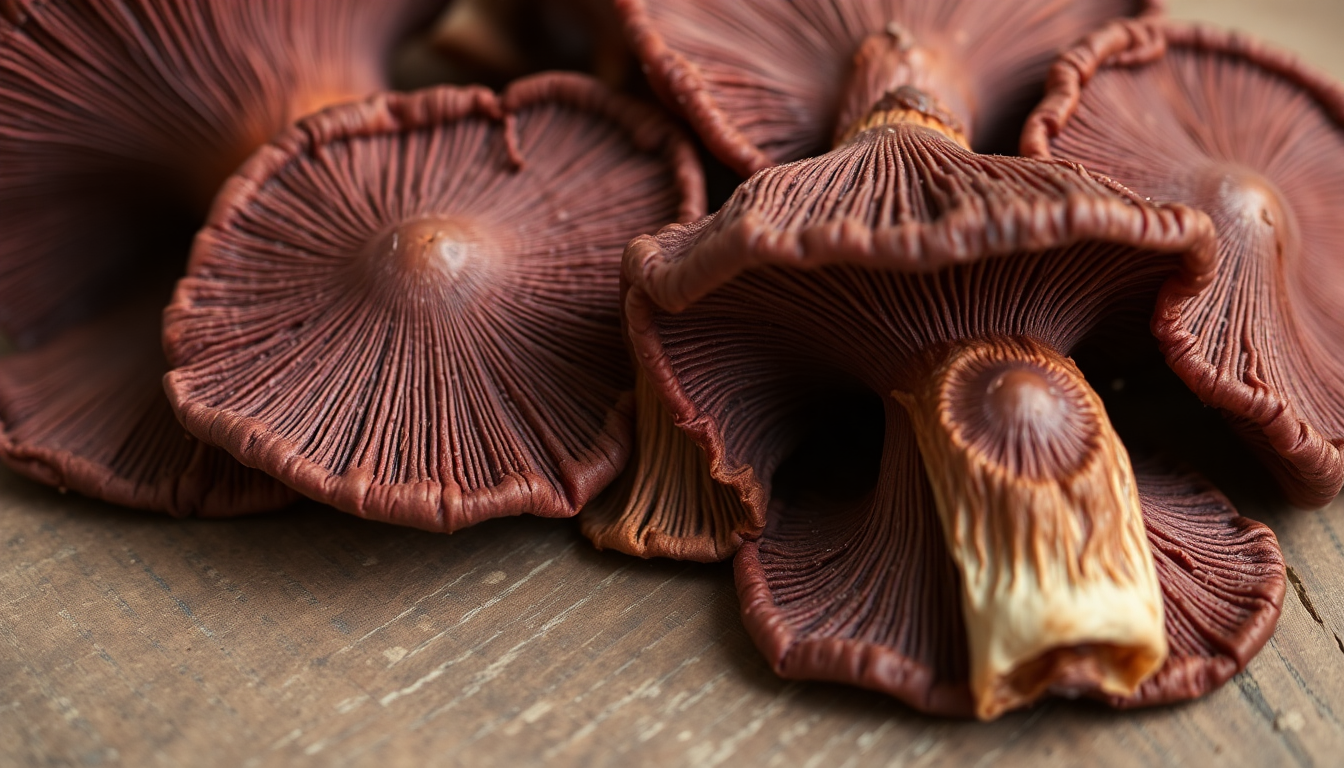
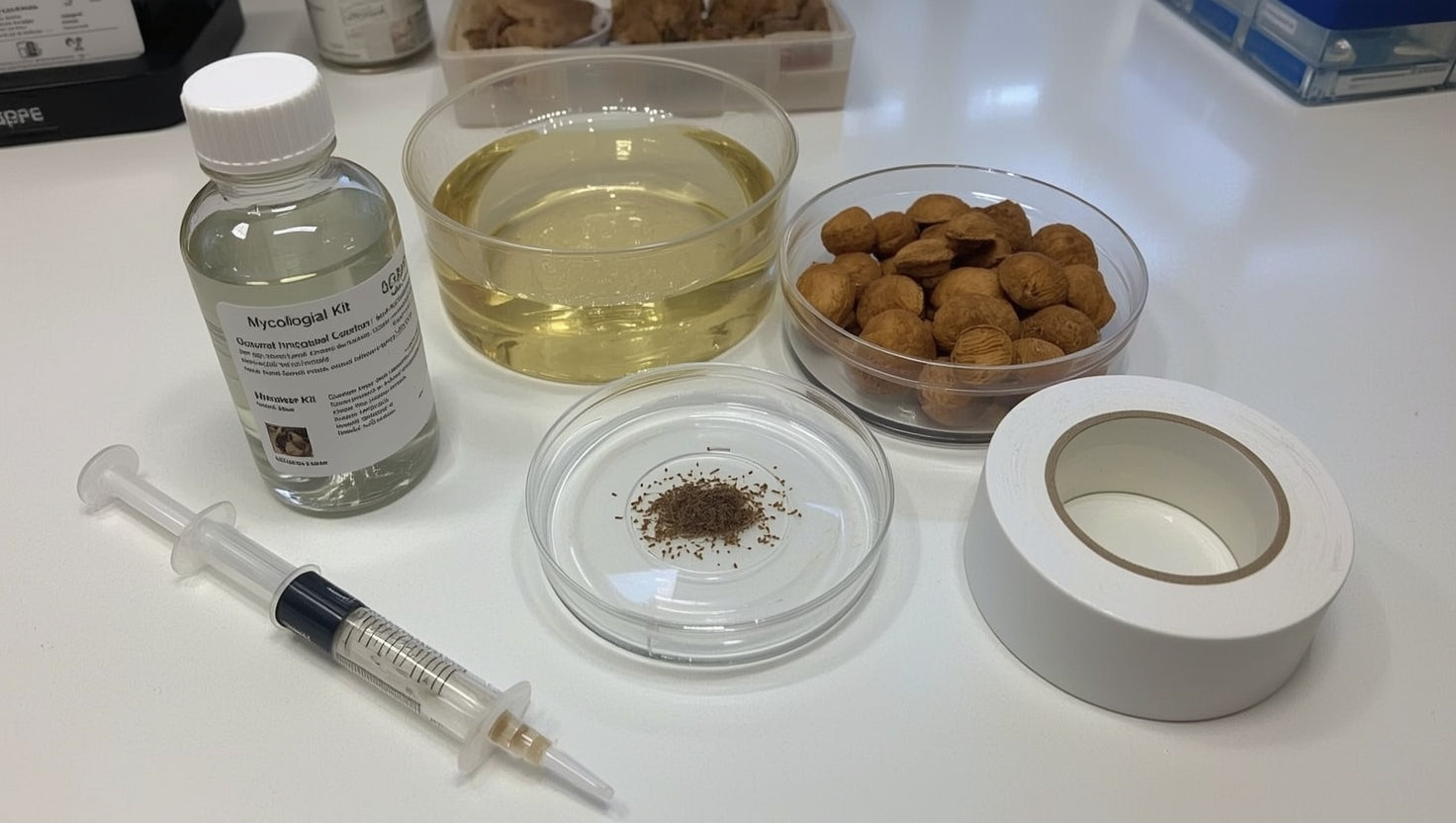
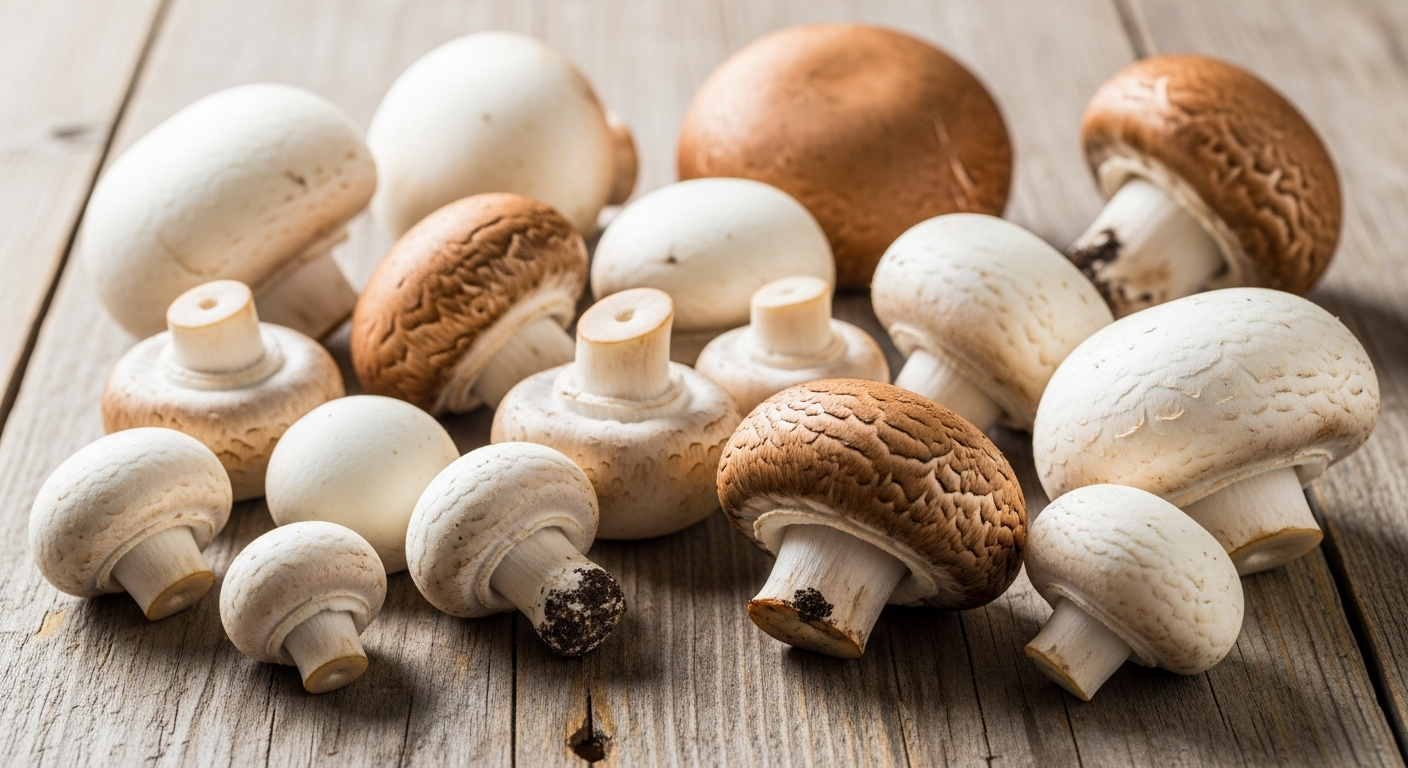
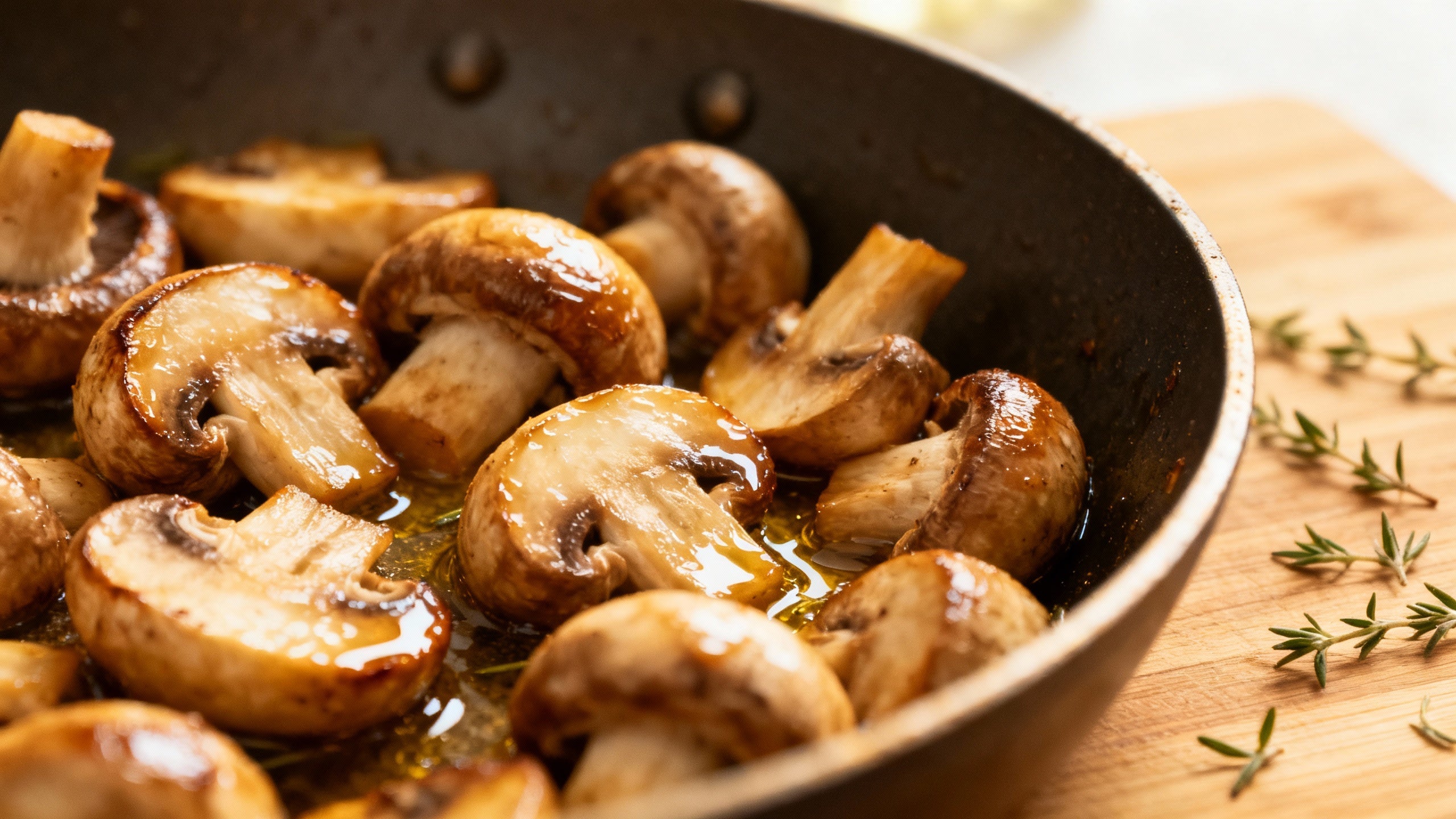
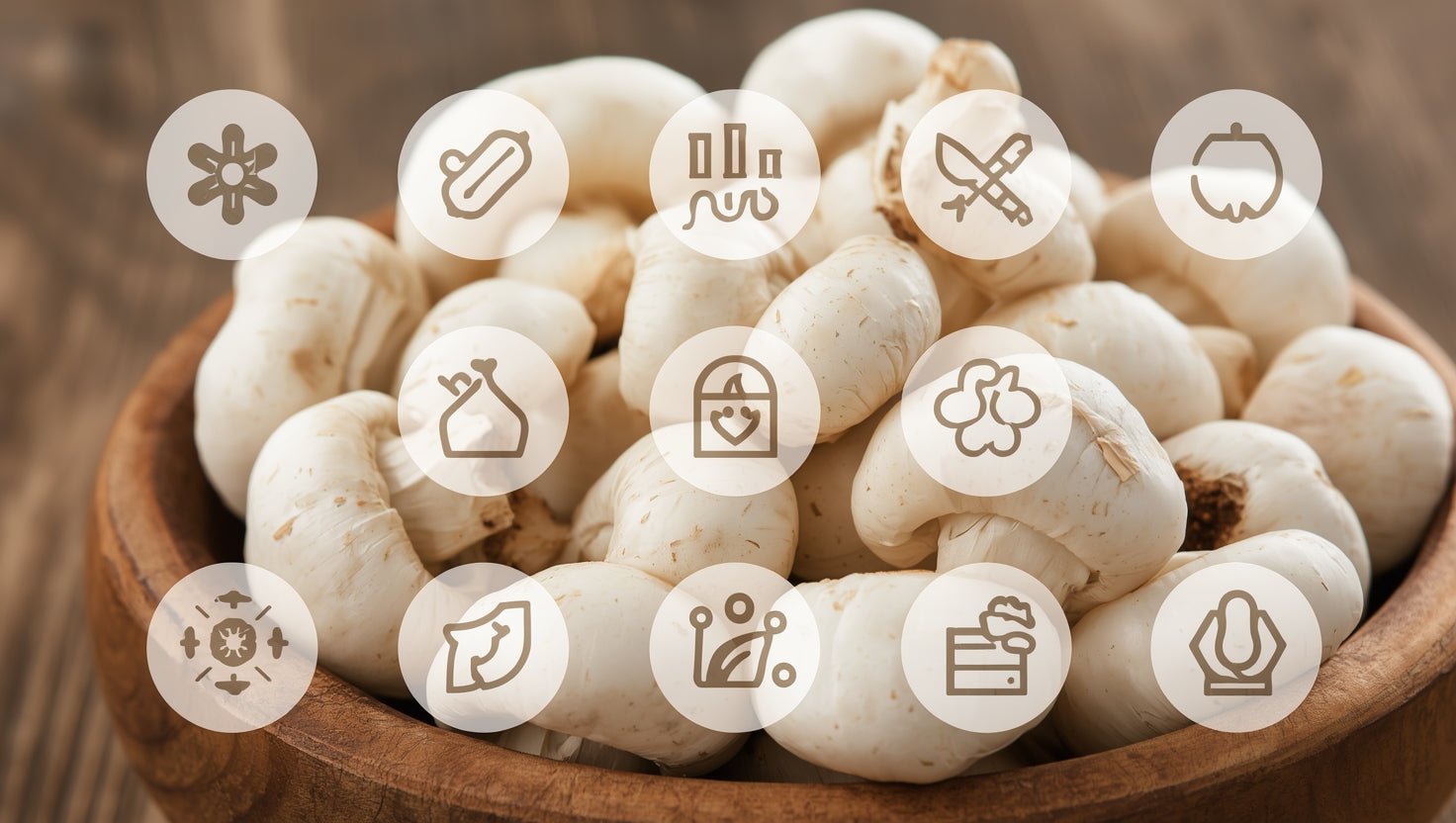
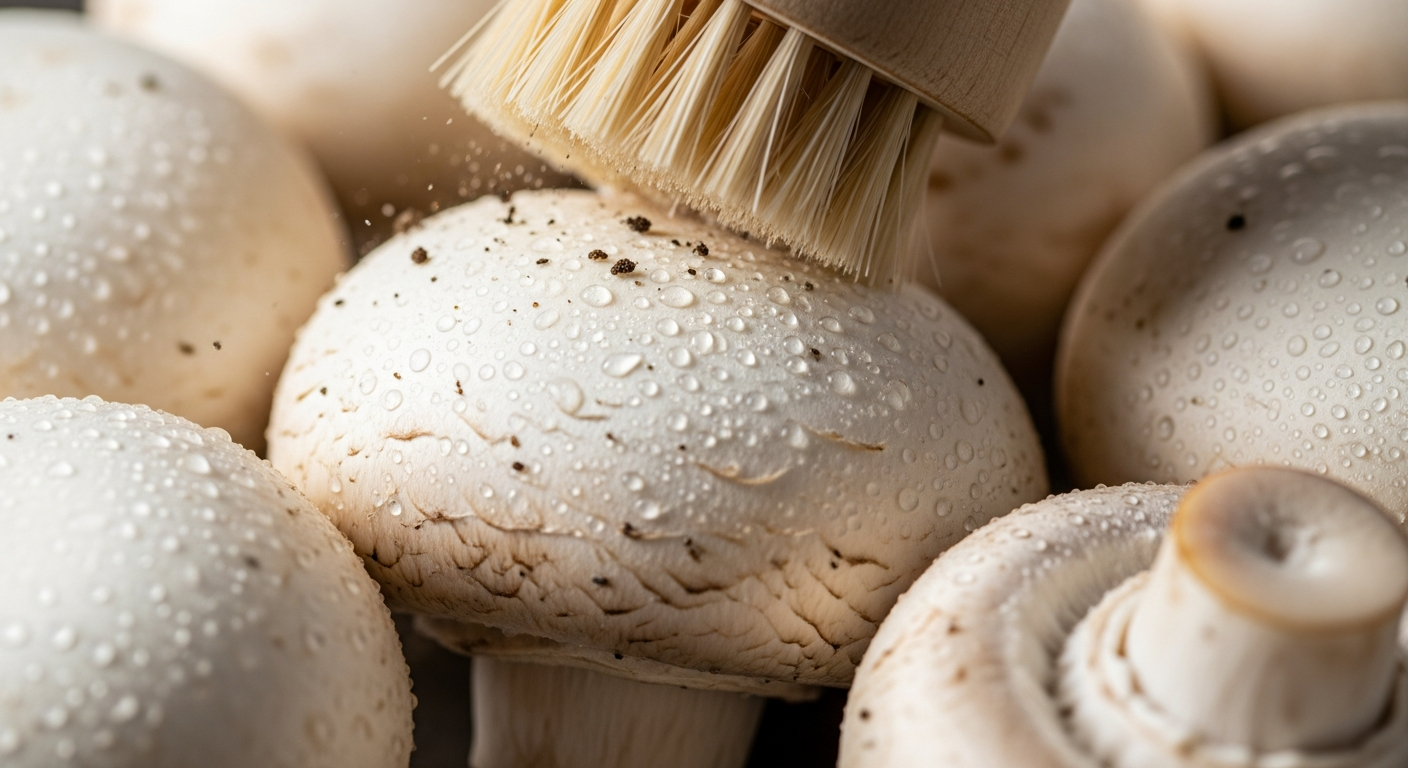
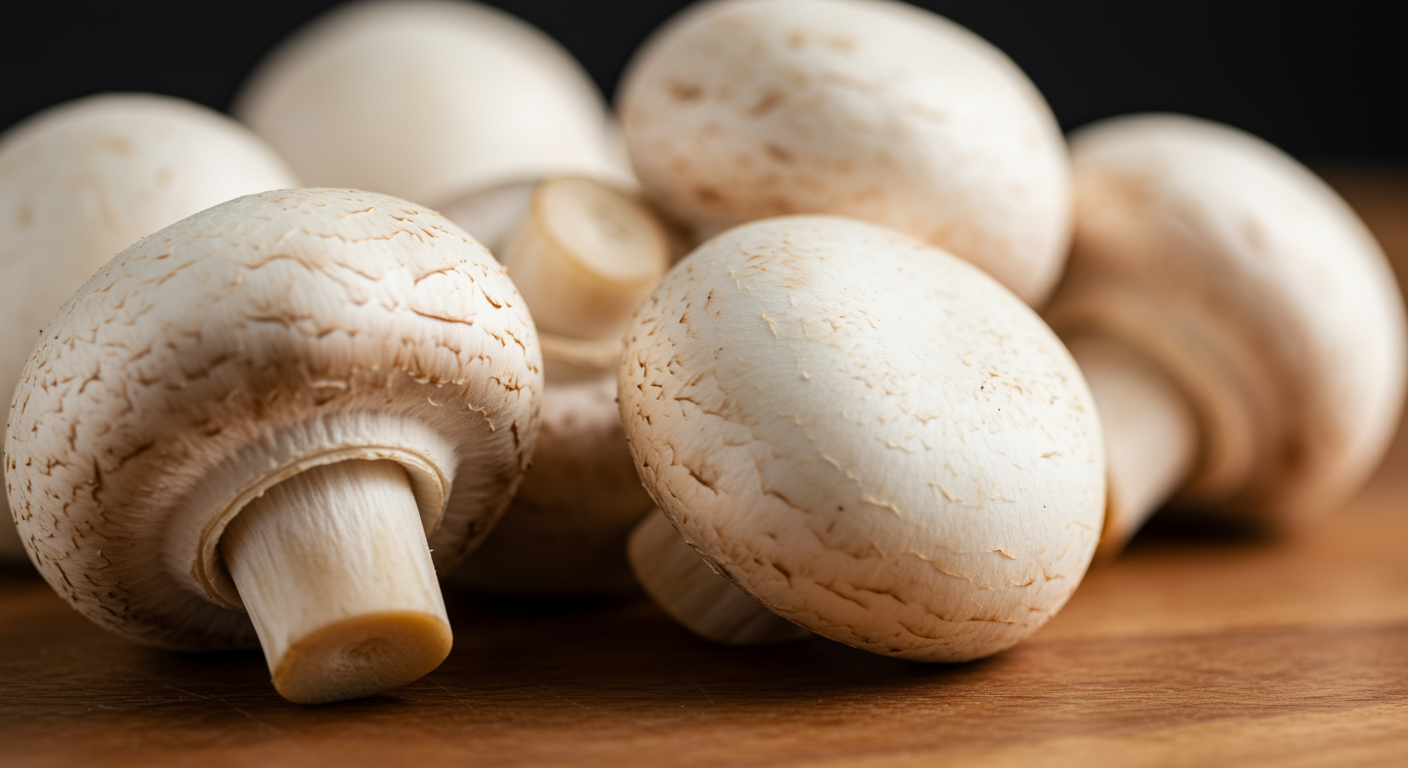
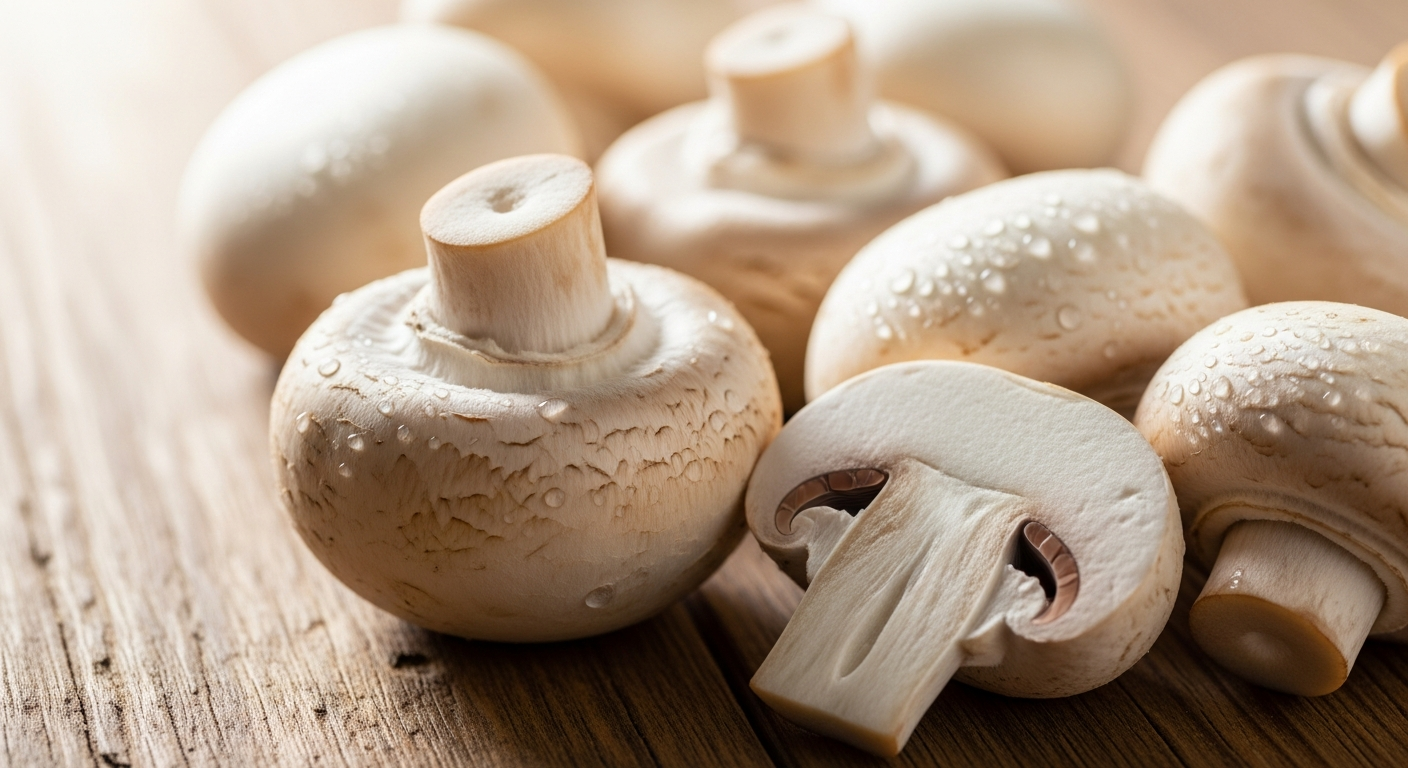
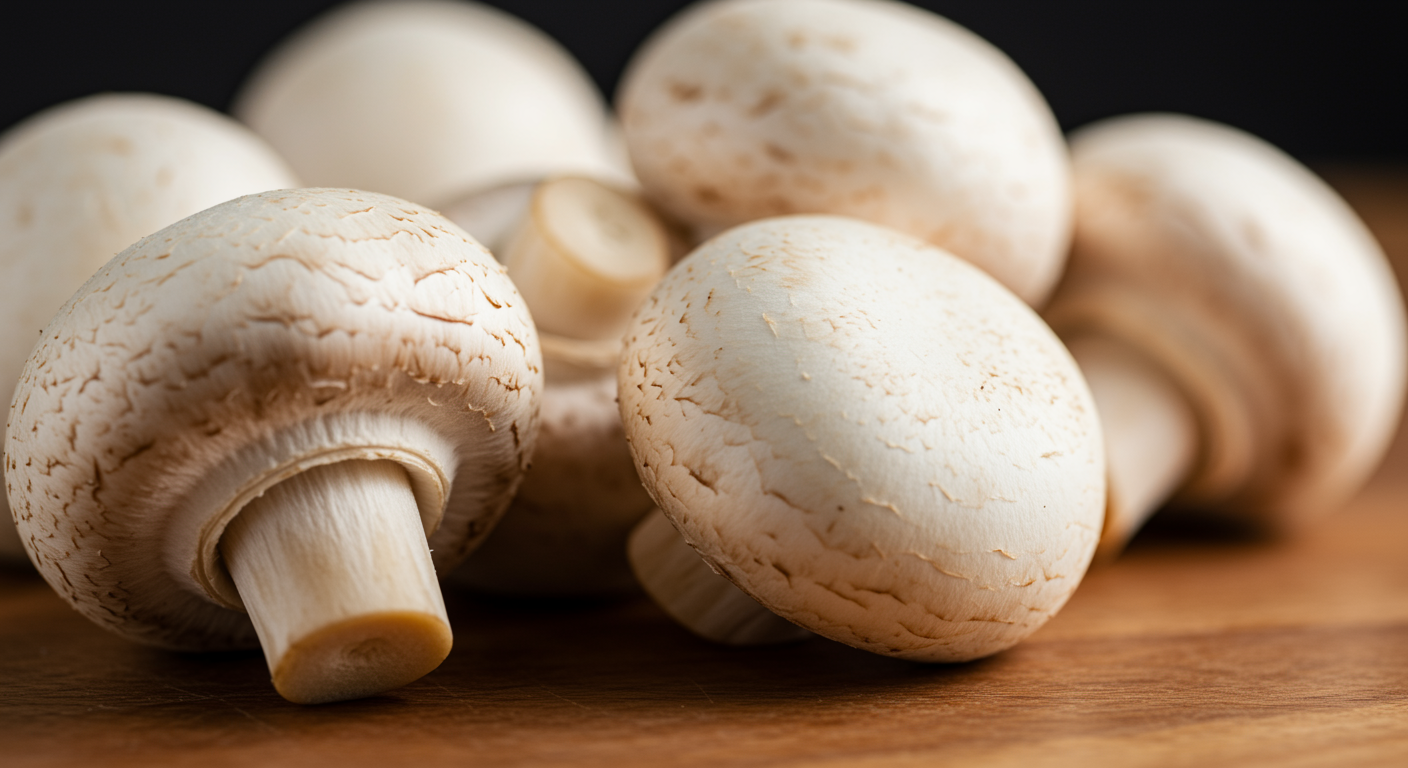
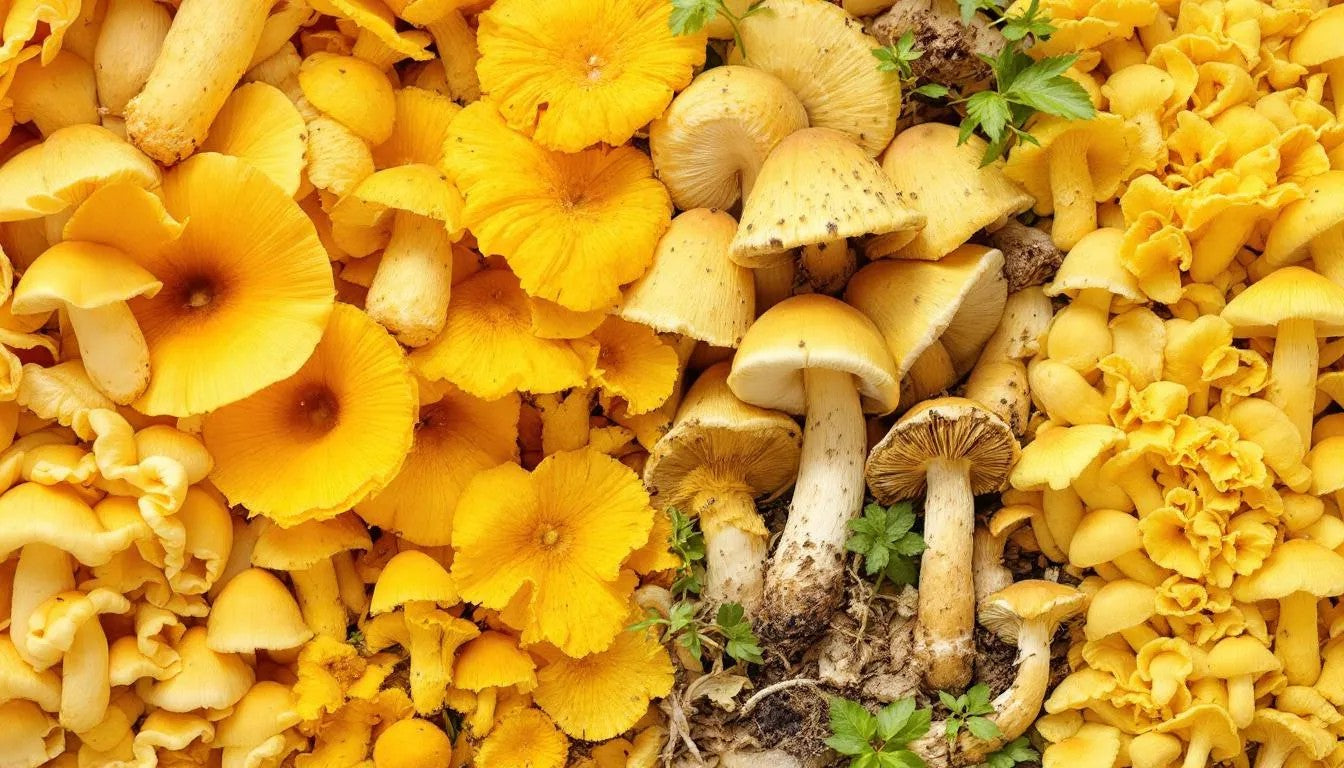

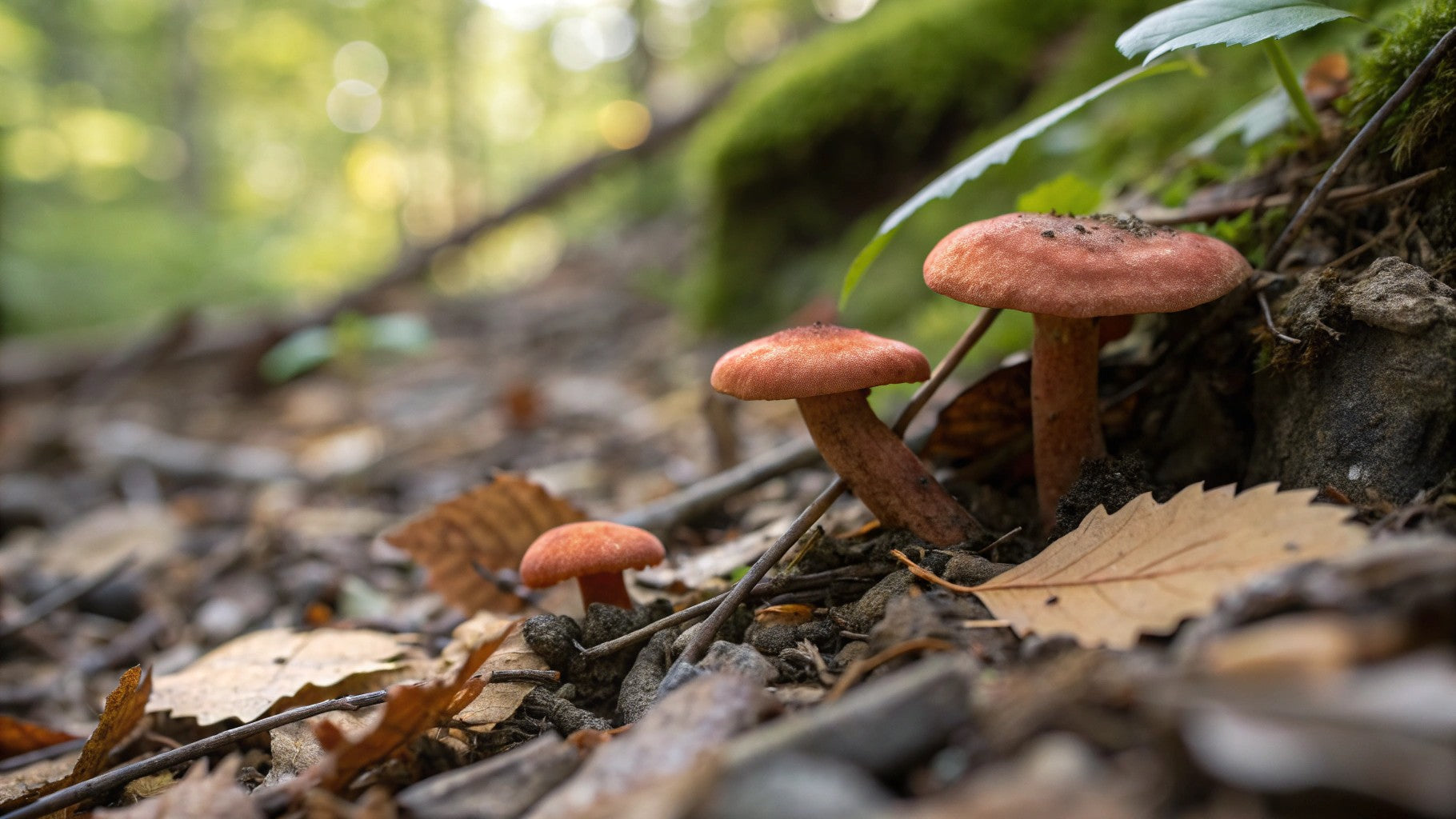
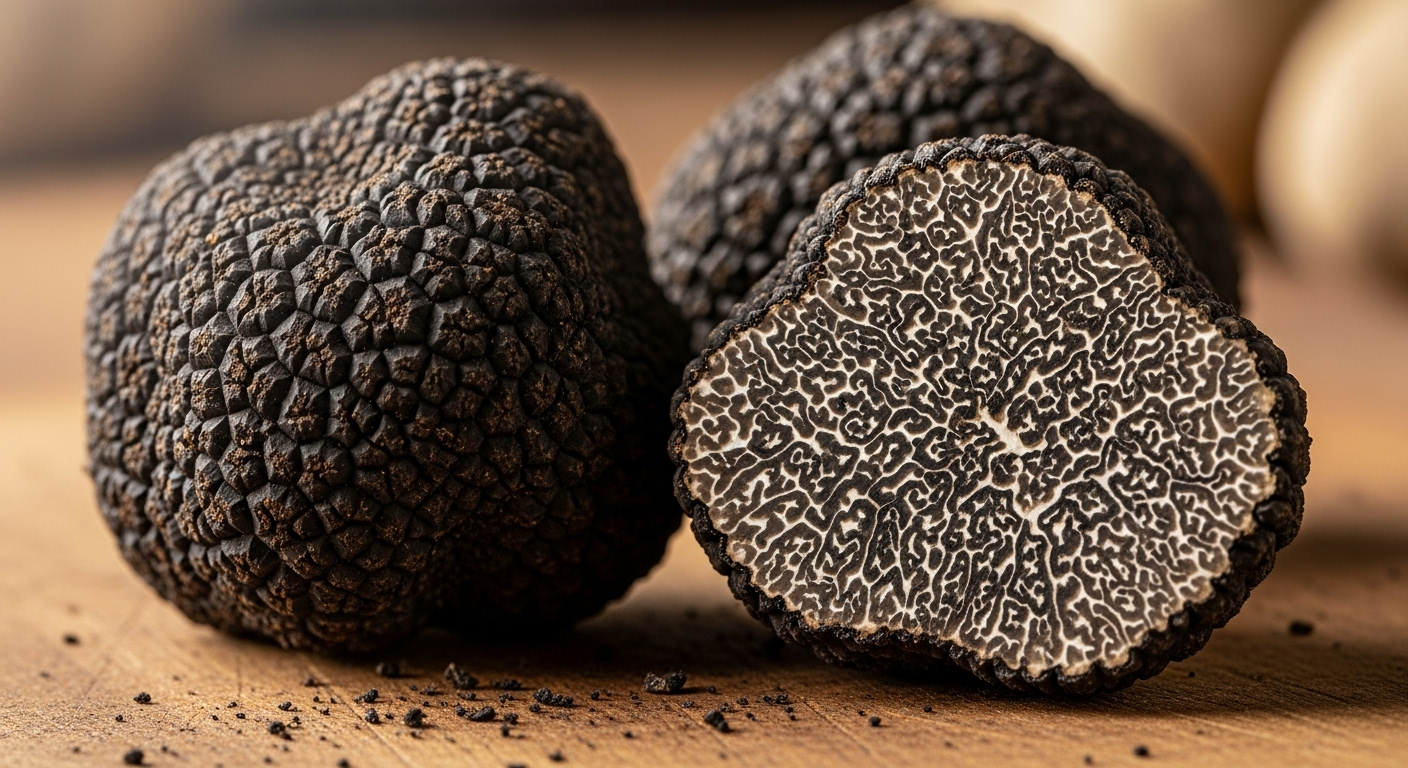
Share:
How Long for Reishi Mushroom Benefits to Show?
Shiitake Mushroom Soup: A Cozy and Nutritious Delight for Every Season